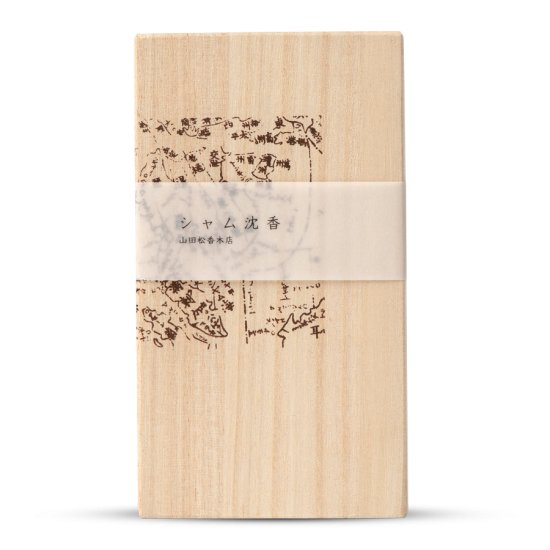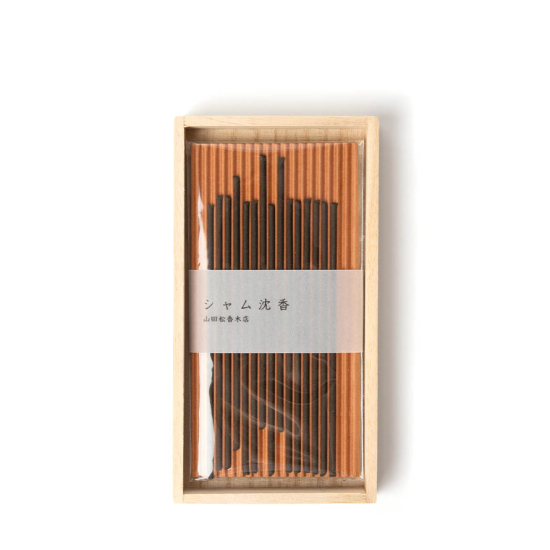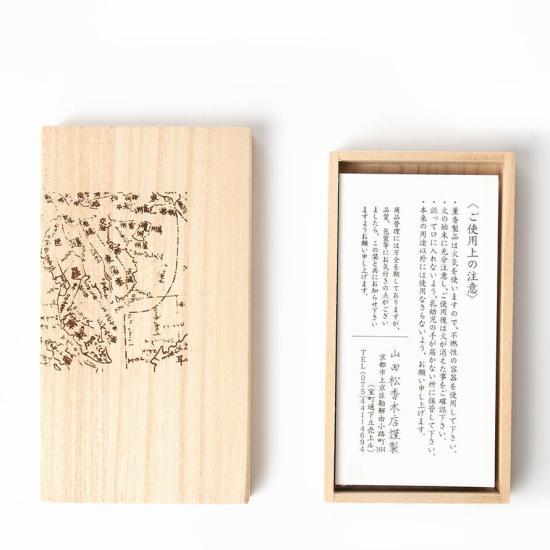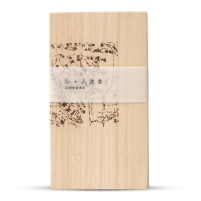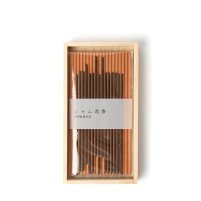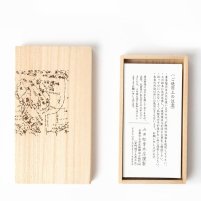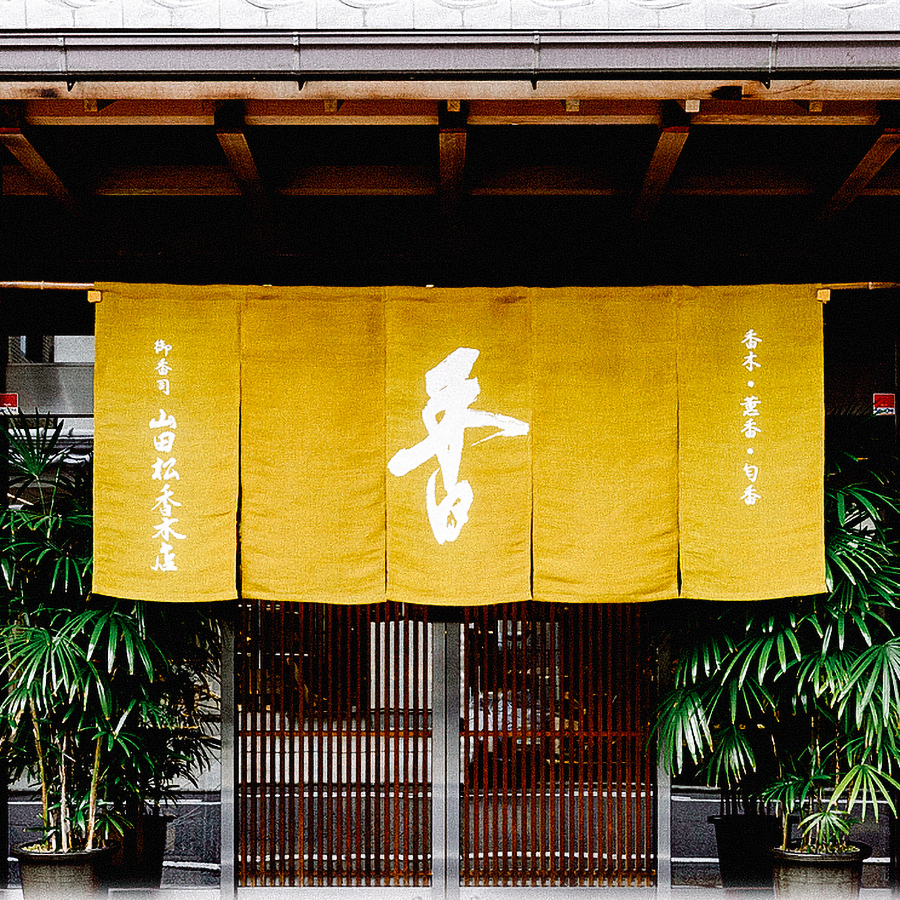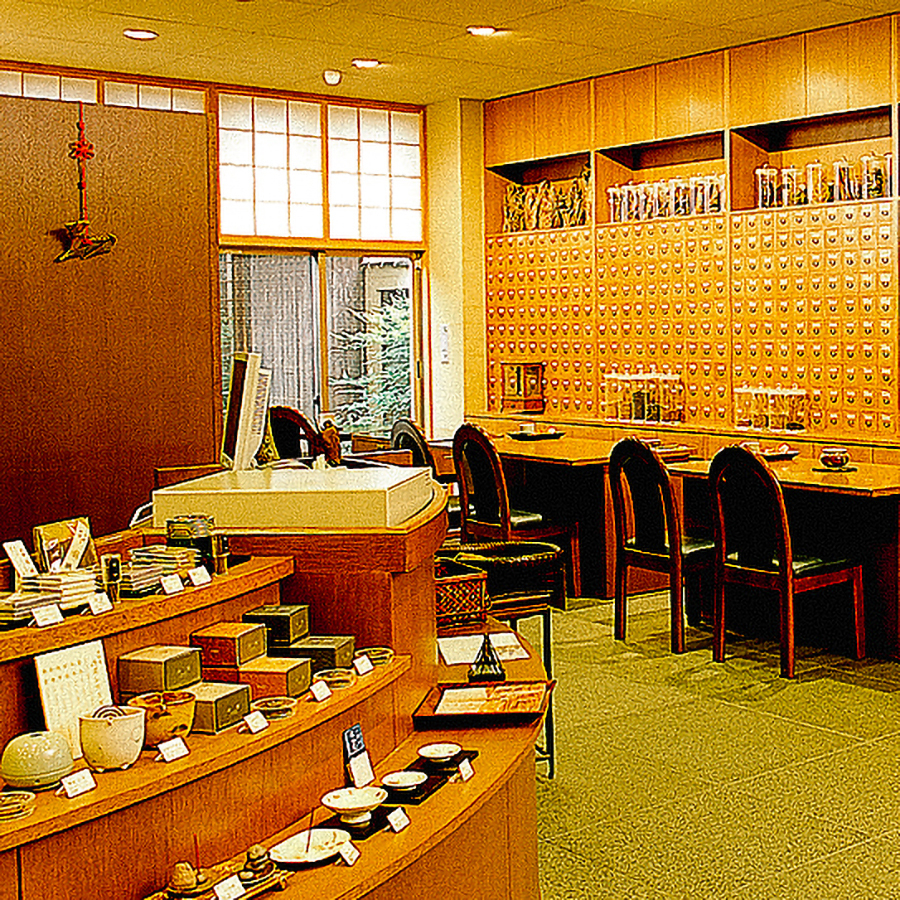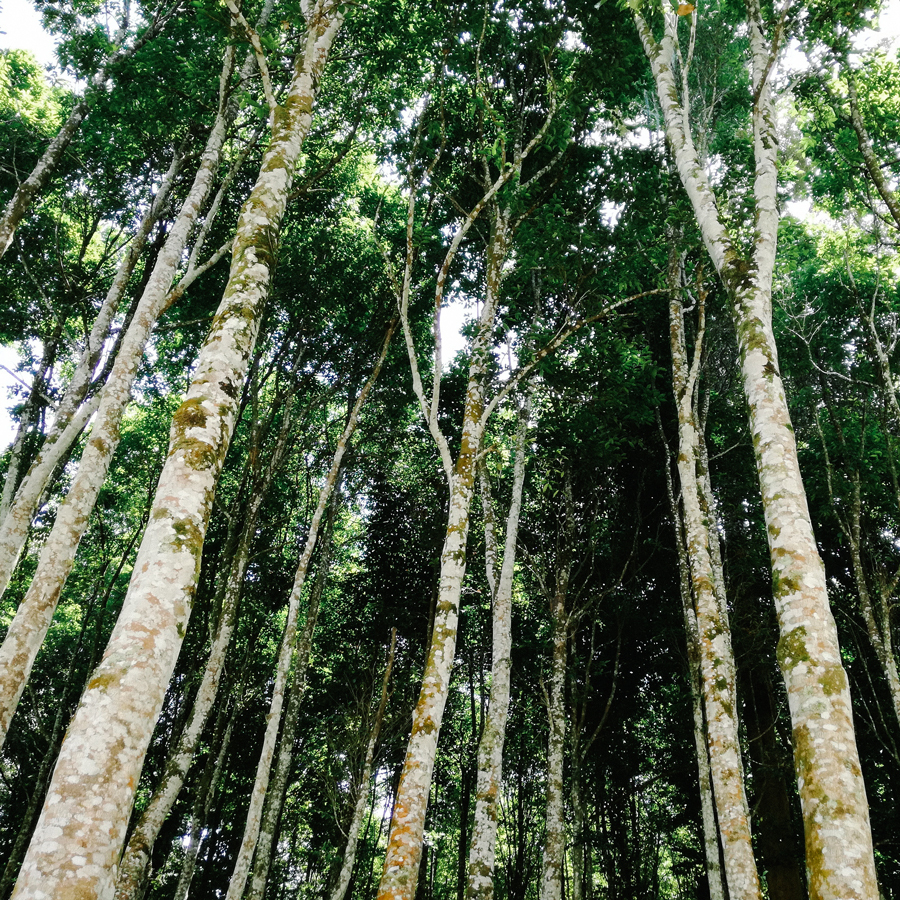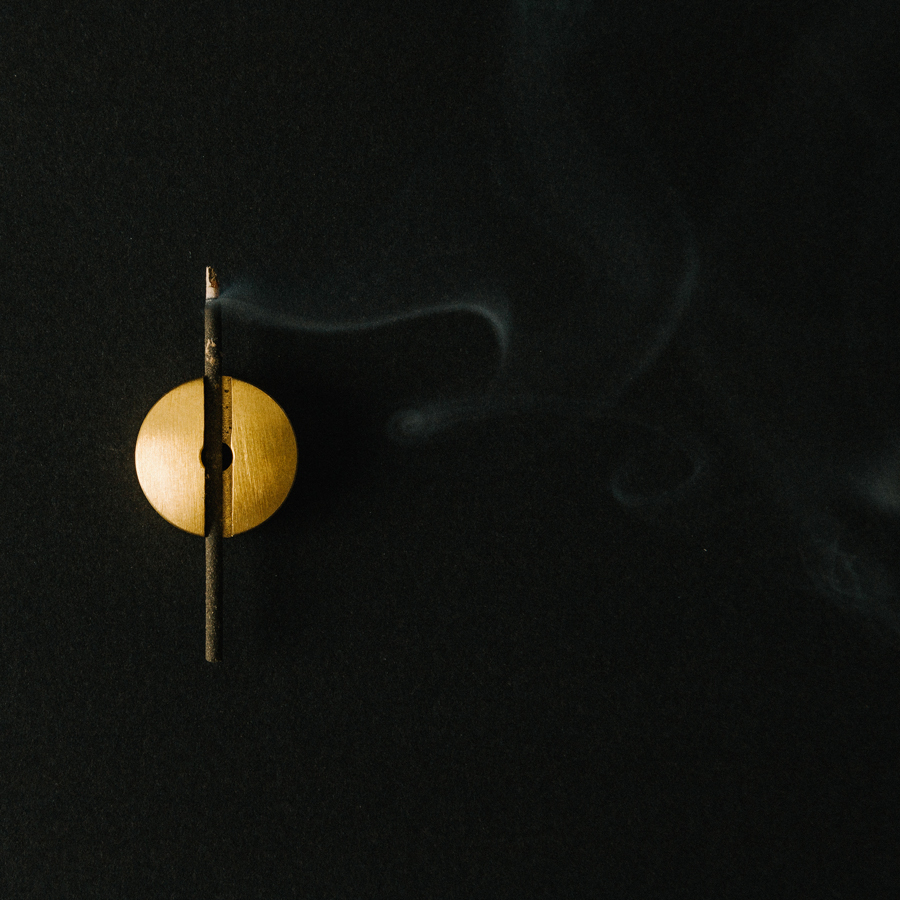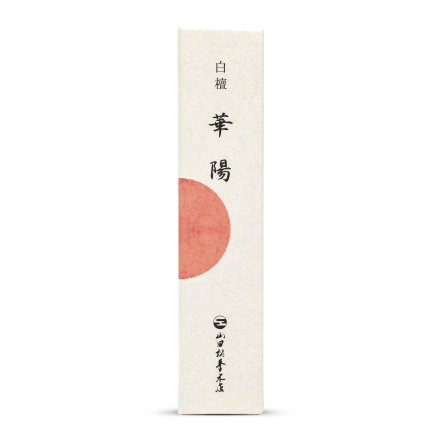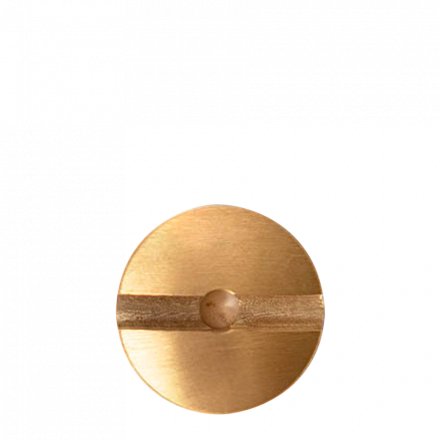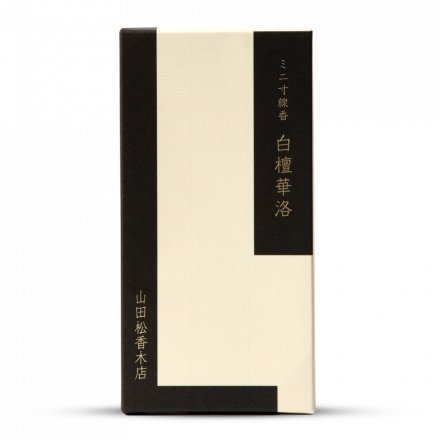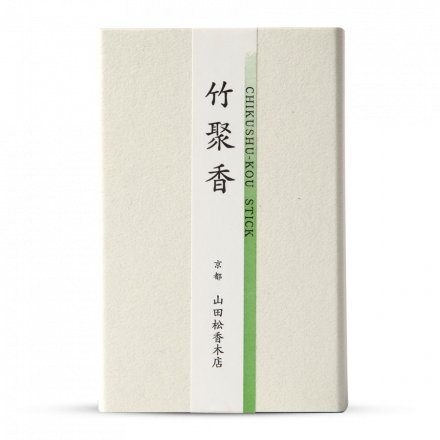Light the tip of the incense then blow out the flame so that it produces a gentle wisp of smoke. It is best to pair Japanese incense sticks with an incense holder and plate or an incense burner, such as a kōro half-filled with white ash, to catch the burned incense and protect underlying surfaces. Store in a cool, dry place away from direct sunlight.
Aloeswood Incense
SIAM JINKO
Yamada-Matsu
SKU
5752
Crafted from premium Vietnamese aloeswood, these traditional Japanese incense sticks have a distinctive sweet fragrance with a fresh and watery note. Made by the historic incense house Yamada-Matsu, these super fine Siam Jinko sticks produce less smoke to allow the pure aloeswood scent to take hold.
| Contents | 30 x aloeswood incense sticks |
|---|---|
| Brand | Yamada-Matsu |
| Origin | Kyoto, Japan |
| Stick length | 10cm |
| Burning time | 25 minutes |
| Weight | 54g |
| Packaging | Paulownia wood case |
In stock



